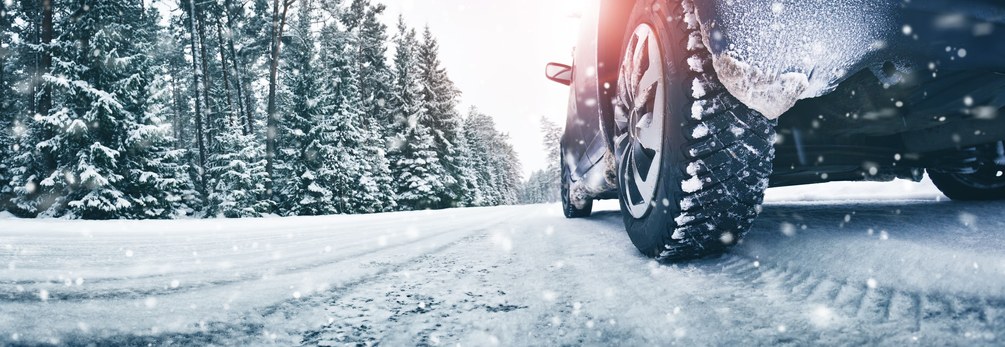
While we’ve had a nice, balmy, unremarkable fall, we know that winter is lurking just around the corner. Here in Minnesota, we welcome the cold, dark, snowy days: it makes us who we are, proud to be able to not only survive but thrive in such a harsh environment.
One of the reasons we’re able to survive winter, however, is the knowledge that it can be dangerous. So dangerous, in fact, that many people die each year from exposure after getting stranded in their car.
How do you prepare for the dangers of winter travel? Simple: avoid travel when it’s most dangerous; have a plan and let others know your plan; and have a winter travel survival kit.
First, if at all possible, don’t go out on the roads when it’s unsafe to do so.
- Check the local weather forecast.
- Visit websites like www.511mn.org, the Minnesota DOT official road information site (they also have an app for your smartphone). The website allows you to see:
- Near-real time weather and road reports
- Traffic and plow cameras
- Routes that might help you avoid dangerous conditions
Next, make sure you plan your trip and share that information with others. Even if you are just running into town for groceries, make sure someone knows which route you are taking, and when you plan to return.
If you are travelling farther away, try to let someone at both ends of your route know this same information.
Have plans for where you might stop if the roads or weather become too dangerous. Think about lodging and food stops along the way. Large truck stops can be great places to spend some time off of the road.
If you get stranded:
- Idle your engine for a few minutes every hour or so, to keep the inside of the car at a safe temperature and the battery charged. It doesn’t have to be comfortable, just warm enough so you are not shivering.
- Make sure your car’s exhaust is not buried in snow, as that can create a situation where carbon monoxide can build up in your car’s cabin. Carbon monoxide is odorless and tasteless; it is deadly at even small amounts.
- When you turn off the engine, don’t forget to turn off the headlights and radio; save your battery.
Stay in your car whenever possible. You are safer inside your car than outside of it, especially if you are near traffic lanes (keep your seatbelt on). If you are in a very remote area, your car is easier to spot from the air than you are. Lastly, even though the car isn’t insulated, it provides essential protection from the elements, keeping you dry and out of the wind.
Don’t be afraid to call 911. If you are stranded, especially in a remote area, call 911 when you realize you can’t get out of the situation on your own. Public safety is ready to help. Tell the dispatcher where you are (if you know), if you are injured, what color and type of car you are in, and what type of help you need. Remain calm and know that emergency services will rescue you as soon as possible.
Lastly, make sure you have a winter survival kit in your car. Learn what items need to be in your car’s winter survival kit.
Safe Travels!
